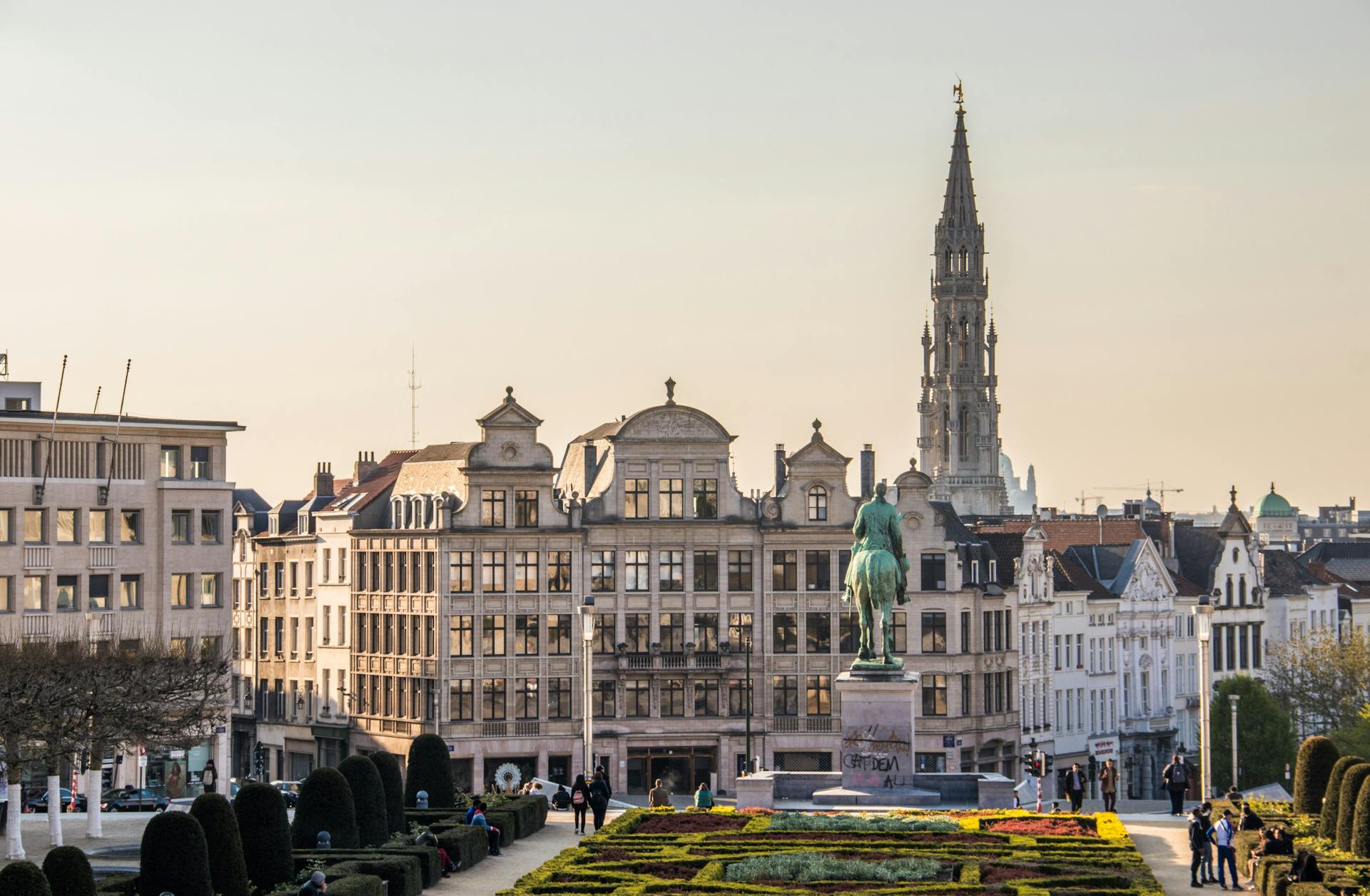Can you suggest a guided architectural heritage tour of Glasgow's Art Nouveau buildings?

As the largest city in Scotland, Glasgow is a hive of architectural marvels that bear witness to its rich and vibrant history. The city's landscape is speckled with a variety of architectural styles, among which Art Nouveau holds a special place. In the late 19th and early 20th centuries, Glasgow rose to prominence as the epicentre of the Scottish Art Nouveau movement. This movement was largely orchestrated by one of the city's favourite sons, Charles Rennie Mackintosh. Today, many of Mackintosh's original buildings still stand, making Glasgow a prime spot for an architectural tour. This article suggests a potential route for an architectural heritage tour of Glasgow's Art Nouveau buildings.
Art Nouveau and Its Impact on Glasgow
In order to fully appreciate your tour, it's important to understand the movement that shaped the city. Art Nouveau was an international design phenomenon that occurred between 1890 and 1910. It was known for its organic, flowing lines and incorporation of natural forms. Glasgow, being the vibrant city it is, not only embraced this style but furthered it through the work of Mackintosh and the Glasgow School.
A lire aussi : Which mountain biking trails in the Lake District are best for intermediate riders?
Mackintosh's influence on the city's architecture is profound. His unique take on Art Nouveau, often referred to as the 'Glasgow Style', combines traditional Scottish elements with modern design. This can be seen in the numerous buildings, houses, and art schools he designed throughout Glasgow. His style has greatly impacted the city's architectural landscape, making it a must-see for anyone interested in Art Nouveau.
Starting Your Tour: The Glasgow School of Art
As the breeding ground for Glasgow's Art Nouveau movement, the Glasgow School of Art is a good starting point for your tour. The school, designed by Mackintosh himself, is a testament to his genius and innovative approach to design. The building's façade, with its distinctive ironwork and intricate sandstone carvings, is a hallmark of Mackintosh's style.
A lire également : Where can families go rock pooling in Northumberland during low tide?
You can stroll through its corridors, admire its unique design features, and take a peek at the Mackintosh Museum, housed within the school. The museum showcases a collection of Mackintosh's work, offering a closer look at his design process. As you explore, you'll begin to understand why Mackintosh is hailed as a pioneer of the Modern Movement in architecture.
Continuing the Journey: The Mackintosh House
Next on the tour is the Mackintosh House, a reassembled version of the architect's own home. Here you can gain insights into Mackintosh's personal taste and style. The house, found within the Hunterian Art Gallery, features original furnishings and décor designed by Mackintosh and his wife, Margaret Macdonald.
As you peruse the rooms, you'll notice that Mackintosh's signature style, with its blend of functionality and artistry, extends into his choice of furniture and interior design. Every detail, from the color of the walls to the design of the light fixtures, is a conscious decision aimed at creating a harmonious living space.
Exploring Mackintosh's City: Street Tours and Building Exhibitions
A walking tour of Glasgow's city centre will reveal many more examples of Mackintosh's ingenuity. The Willow Tea Rooms, for example, are a spectacular representation of his ability to create beautiful yet functional spaces. Just as notable is Scotland Street School Museum, a former school turned museum showcasing Mackintosh's flair for combining practicality with intricate design.
Furthermore, the Glasgow City Council regularly organises guided tours and building exhibitions highlighting Mackintosh's work. These include tours of The Lighthouse, Mackintosh's first public commission, and a walk along Buchanan Street, which is dotted with buildings influenced by his style.
Wrapping Up the Day: The Kelvingrove Art Gallery and Museum
Finally, no Art Nouveau tour of Glasgow would be complete without a visit to the Kelvingrove Art Gallery and Museum. The museum houses one of the finest collections of Art Nouveau in the world, with a dedicated Mackintosh and the Glasgow Style gallery.
Here you can explore a vast array of Mackintosh's work, including furniture, architectural drawings, and a model of the House for an Art Lover – a project conceived by Mackintosh but not built until the 1990s. The museum also features works by other members of the Glasgow School, providing a broader context for Mackintosh's contributions.
In essence, Glasgow is a living museum of Art Nouveau architecture, waiting to be explored. While this tour merely scratches the surface, it provides a robust starting point for understanding and appreciating Glasgow's architectural heritage. One thing is for sure, Glasgow's Art Nouveau buildings not only offer aesthetic pleasure but also a deep understanding of the city's historical and cultural fabric.
The Hill House: A Mackintosh Masterpiece
One of the most outstanding examples of Mackintosh's architectural legacy is the Hill House, located in the nearby town of Helensburgh. This impressive building was designed by Mackintosh for publisher Walter Blackie and is considered one of his finest works. To fully appreciate the genius of Mackintosh's design philosophy, you should definitely include the Hill House in your walking tour.
The external appearance of the Hill House is a striking combination of traditional Scottish Baronial architecture and modernist aesthetics, a reflection of Mackintosh's innovative Glasgow Style. Inside, the house boasts a range of bespoke fixtures and fittings, also designed by Mackintosh himself, demonstrating his keen eye for interior design and attention to detail.
The National Trust for Scotland now manages the Hill House, maintaining its original state while offering guided tours. On such a tour, you'll explore all corners of the house, from the drawing room's high-back chairs to the master bedroom's intricate textile designs. Each room in the house is a testament to Mackintosh's vision, showcasing his ability to blend functionality with beauty.
City Chambers: A Different Perspective of Art Nouveau
After exploring Mackintosh’s creations, it is worth taking a detour to the City Chambers in the city centre of Glasgow. Although not a work of Mackintosh, the City Chambers is a magnificent example of late Victorian civic architecture. This will provide you with an interesting contrast to the Art Nouveau style of Mackintosh, offering a wider perspective on Glasgow’s diverse architectural heritage.
The City Chambers, designed by Scottish architect William Young, is an exemplification of the Beaux-Arts architectural style. Its ornate marble staircase, mosaic ceilings, and exquisite murals are a treat for the eyes. The building's grandeur and opulence offer a stark contrast to the simple elegance of Mackintosh's designs. This contrast serves as a reminder of the radical departure that Mackintosh and the Glasgow School made from the architectural norms of their time.
Conclusion: Reflecting on Your Glasgow Architecture Tour
As our architecture tour of Glasgow draws to a close, it is evident that the city is a treasure trove of architectural gems, especially for those with a keen interest in Art Nouveau. The buildings designed by Charles Rennie Mackintosh are a physical manifestation of the city's historical and cultural fabric. They are not just structures but living testimonies to the city's past, and the innovative spirit of a man determined to push architectural boundaries.
Whether you are an art lover or a student of architecture, the Glasgow Style offers rich learning and aesthetic experiences. As you walk through the Glasgow School of Art or sip tea in the Willow Tea Rooms, you are entering portals to a bygone era, a time when the city was redefining its identity through design and architecture.
In the end, guided walking tours through the city's majestic Art Nouveau buildings are more than a mere sightseeing activity. They are a journey through time, an opportunity to understand the city's soul and the people that shaped it, and a chance to see how the old has seamlessly blended with the new in this vibrant city. Glasgow is indeed a city that invites you to look closer, rewarding those who do with a rich tapestry of architectural marvels.
